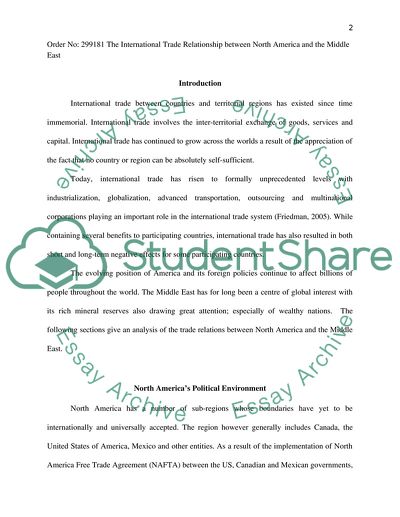Cite this document
(The International Trade Relationship between North America and the Research Paper, n.d.)
The International Trade Relationship between North America and the Research Paper. Retrieved from https://studentshare.org/politics/1724128-the-international-trade-relationship-between-north-america-and-the-middle-east
The International Trade Relationship between North America and the Research Paper. Retrieved from https://studentshare.org/politics/1724128-the-international-trade-relationship-between-north-america-and-the-middle-east
(The International Trade Relationship Between North America and the Research Paper)
The International Trade Relationship Between North America and the Research Paper. https://studentshare.org/politics/1724128-the-international-trade-relationship-between-north-america-and-the-middle-east.
The International Trade Relationship Between North America and the Research Paper. https://studentshare.org/politics/1724128-the-international-trade-relationship-between-north-america-and-the-middle-east.
“The International Trade Relationship Between North America and the Research Paper”, n.d. https://studentshare.org/politics/1724128-the-international-trade-relationship-between-north-america-and-the-middle-east.


